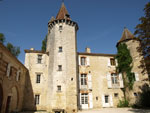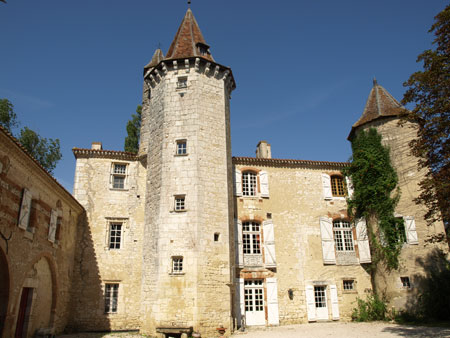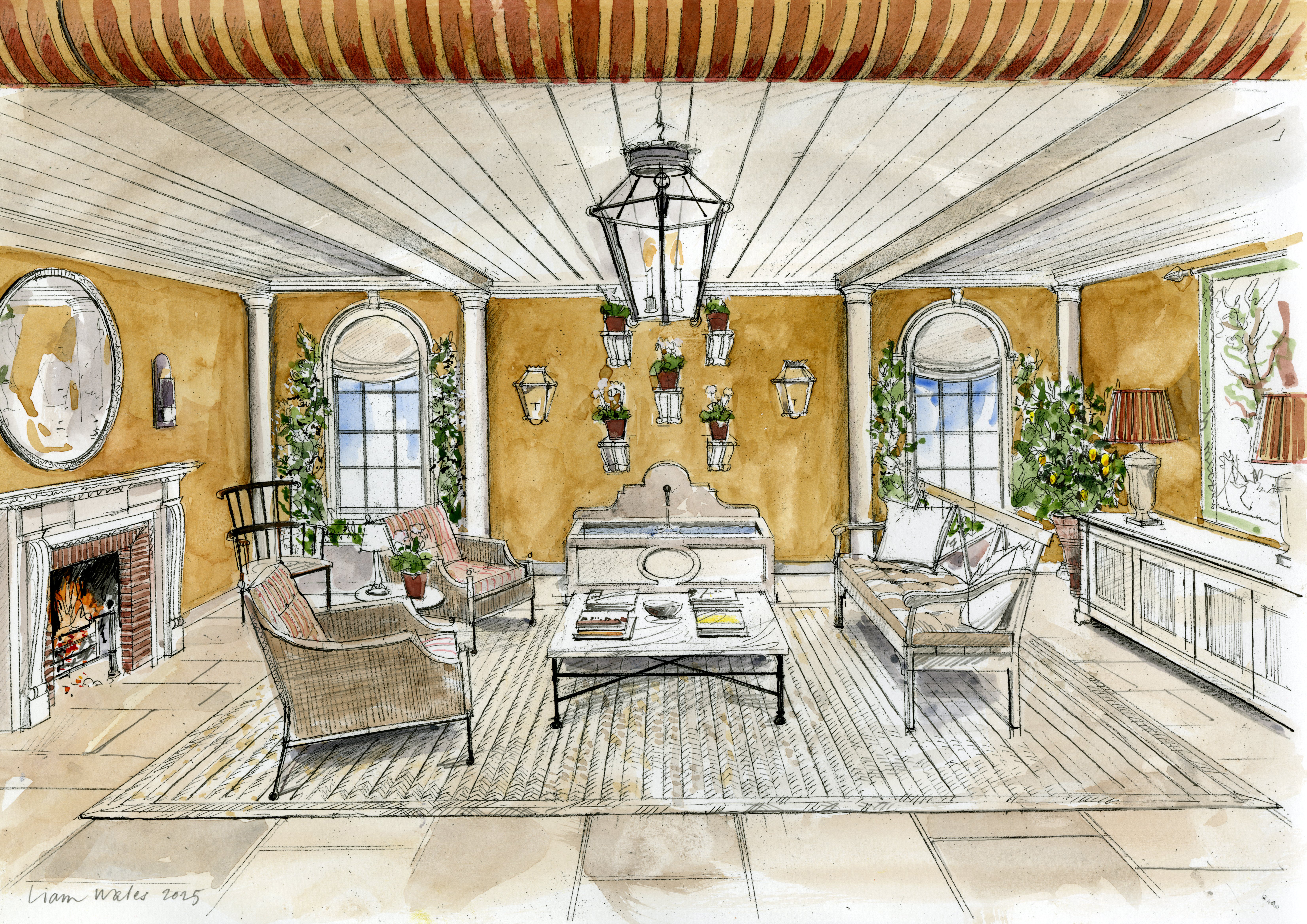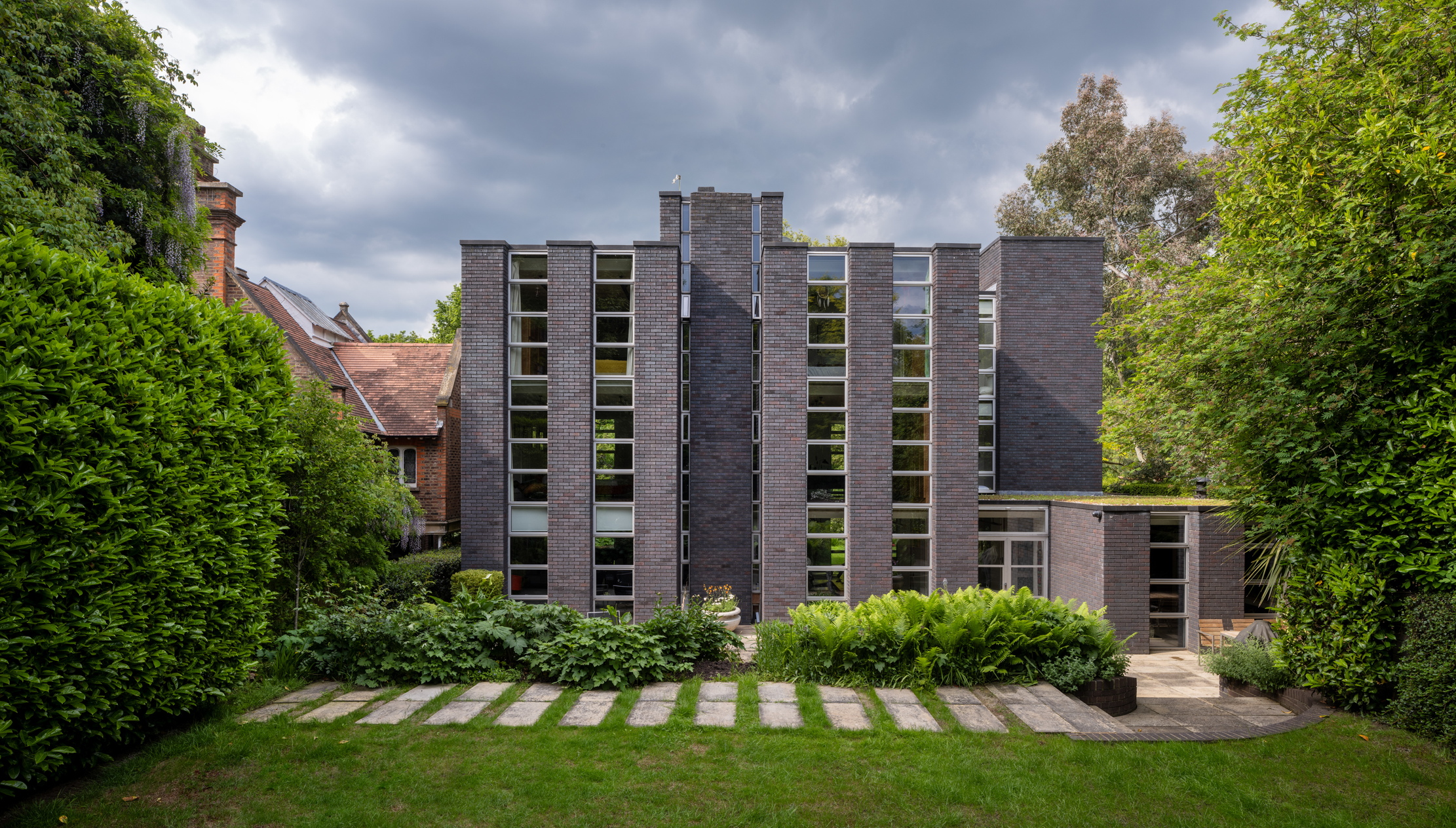Poet's castle in Gascony
A stunning château which dates from the thirteenth, fifteenth and eighteenth centuries surrounded by meadows of sunflowers, rapeseed and corn in the Gers is on the market


Château du Barthas was once the home of poet Guillaume Salluste du Barthas, who was born in nearby Montfort in 1544. In 1565 his father purchased Château du Barthas and Guillaume renovated the castle upon his father's death, married and lived there with his wife and four daughters. It was then that he was discovered by the queen of Navarre, Jeanne d'Albret, and was appointed court poet and diplomatic emissary to Huguenot Henri IV of Navarre, the future king of France. He was fatally wounded in the battle of d'Ivry in Normandy and died at Coudons on August 28, 1590 at the age of 46.
The nine-bedroom château is approached down a tree-lined drive. The buildings are located around a courtyard, which is used for suppers en plein air, and a covered terrace at the back of the château is a fine place for relaxing in the shade. There is also a chapel dating back to the thirteenth century. Up to sixty people can be seated in the main reception room.
The château sits in about 12 acres of gardens and is 5km from a pretty village with a covered market and 45 minutes from Toulouse.

Central courtyard at the Château du Barthas: €2 million
Amended: October 19
The price has just been reduced from EUR 2 million to EUR 1.69 through Jonathan Charles (00 33 609 723 704; www.jonathancharles.co.uk)
Sign up for the Country Life Newsletter
Exquisite houses, the beauty of Nature, and how to get the most from your life, straight to your inbox.
-
 The big reveal: A first look at Country Life's RHS Chelsea Flower Show stand
The big reveal: A first look at Country Life's RHS Chelsea Flower Show standInterior designer Isabella Worsley reveals her plans for Country Life’s ‘outdoor drawing room’ at this year’s RHS Chelsea Flower Show.
By Country Life
-
 Schreiber House, 'the most significant London townhouse of the second half of the 20th century', is up for sale
Schreiber House, 'the most significant London townhouse of the second half of the 20th century', is up for saleThe five-bedroom Modernist masterpiece sits on the edge of Hampstead Heath.
By Lotte Brundle